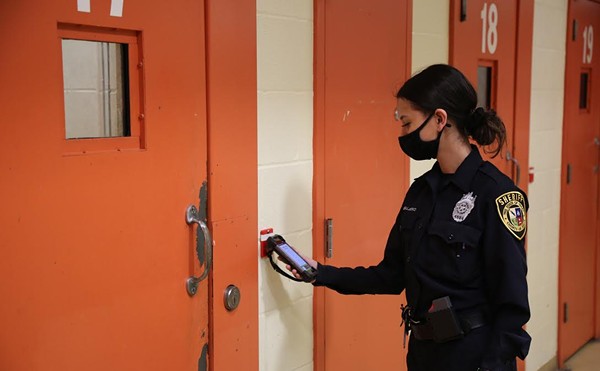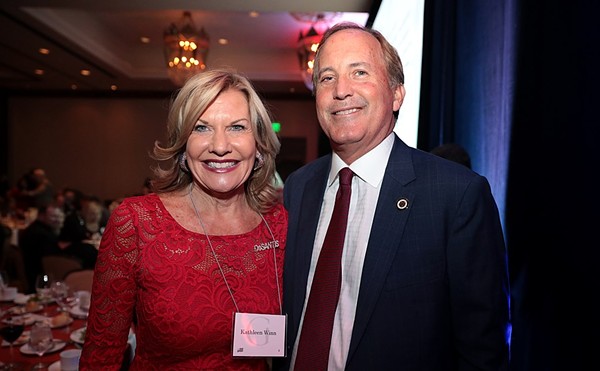|
Planning commission delays vote on power lines The City Planning Commission had barely finished its noon Christmas luncheon when it convened to withstand an onslaught of power-hungry City Public Service executives last Wednesday. Commissioners heard the pitch, then reluctantly agreed to review a proposal to erect a 29-mile, 365-kilovolt electrical transmission line from Northwest San Antonio to Kendall County, across eight acres of city-owned park property that was recently purchased with Proposition 3 funds. City Hall lobbyist David Earl, backed by T.J. Connolly, a local public relations "manage the message" flack, added to the confusion of veteran observers of municipal government when he extolled the virtues of preserving pristine Hill Country property. Seriously, Earl had assumed the role of defender of landowners' rights concerning the controversial project that CPS claims is deemed mandatory by the Public Utility Commission. Earl usually is on the other side of development issues, as he represents homebuilder John Schaefer and other local moneyed power brokers. "How does this item come before the Planning Commission?" asked chairwoman Susan Wright. The project had been pulled from the City Council agenda on December 16. Apparently, CPS is required to bring such projects before the commission for approval, but until now it had not followed that practice, as outlined in the City Charter. The Planning Commission delayed a vote, and set another hearing for Wednesday, January 12. District 7 Councilman Julián Castro has vowed to fight the transmission route over the city park property, and a project that CPS likely would have quietly slipped in under the door is now on the community's radar screen.
Ralph Alonzo, CPS director of project management, told commissioners there was a lot of "confusion about how we arrived at this route." He said CPS began talking to the public almost two years ago, by sending notices and scheduling meetings that were attended by 100 to 250 people. Alonzo continued to assure skeptical members of the audience that the 150-foot right-of-way would not entail any clearcutting of undeveloped land along the route. The high-voltage line would serve low-voltage areas between San Antonio and Medina Lake, and would plug into the statewide power grid. Alonzo said that if CPS did not build the line soon, the PUC would contract another power company to build it, and that would remove local control of the project. "We had multiple routes, including the Medina Lake area. There is absolutely no way to go across without crossing the Edwards Aquifer ... we never intended to go through Government Canyon ... this line is absolutely necessary." Alonzo further alleged that CPS had never intended to condemn property through eminent domain, and that the entity was asking permission to use the property and would pay for it. "These tracts are owned by the voters who taxed themselves to hold them in public trust ... CPS is in direct violation of the public trust," Earl countered. "They want your permission so they will have political clout before the City Council. The voters told you what public purpose this property was to be. Any vote by the commission and council is a violation of state law." Earl cited laws that forbid the taking of public parkland. "To please Senator Phil Gramm (who had protested an earlier proposed transmission line route because it crossed his driveway), you're taking public property; that's obscene. Public park land sale must be approved by the voters." Alonzo says the utility company uses a 12-step program to evaluate potential routes for power transmission lines. He seems to have forgotten, however, that the first step in any 12-step program is to acknowledge the existence of a higher power. In this case, that higher power is in the hands of San Antonio citizens, who have demonstrated at the ballot that they want undeveloped property over the aquifer to be permanently protected. • By Michael Cary
|
Tags:

KEEP SA CURRENT!
Since 1986, the SA Current has served as the free, independent voice of San Antonio, and we want to keep it that way.
Becoming an SA Current Supporter for as little as $5 a month allows us to continue offering readers access to our coverage of local news, food, nightlife, events, and culture with no paywalls.
Scroll to read more San Antonio News articles
Newsletters
Join SA Current Newsletters
Subscribe now to get the latest news delivered right to your inbox.
















